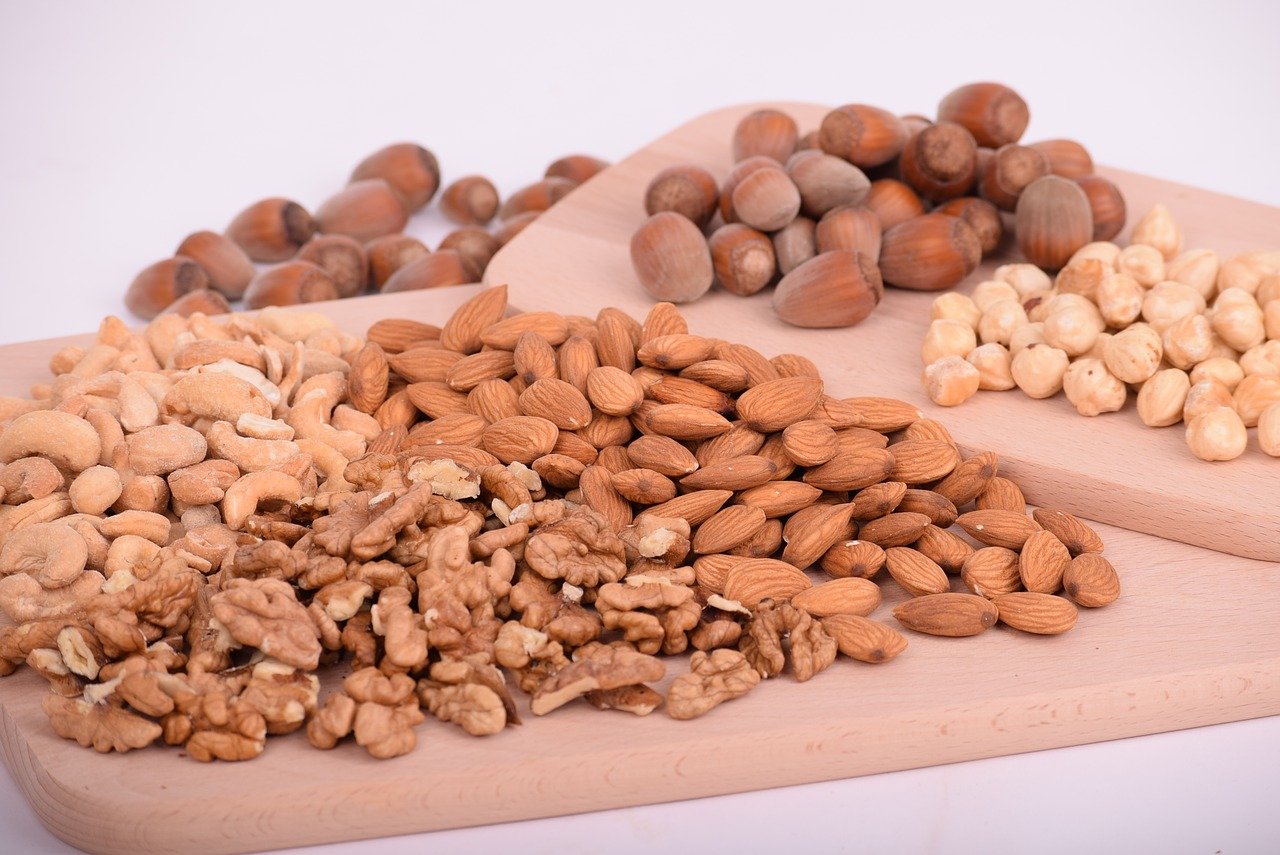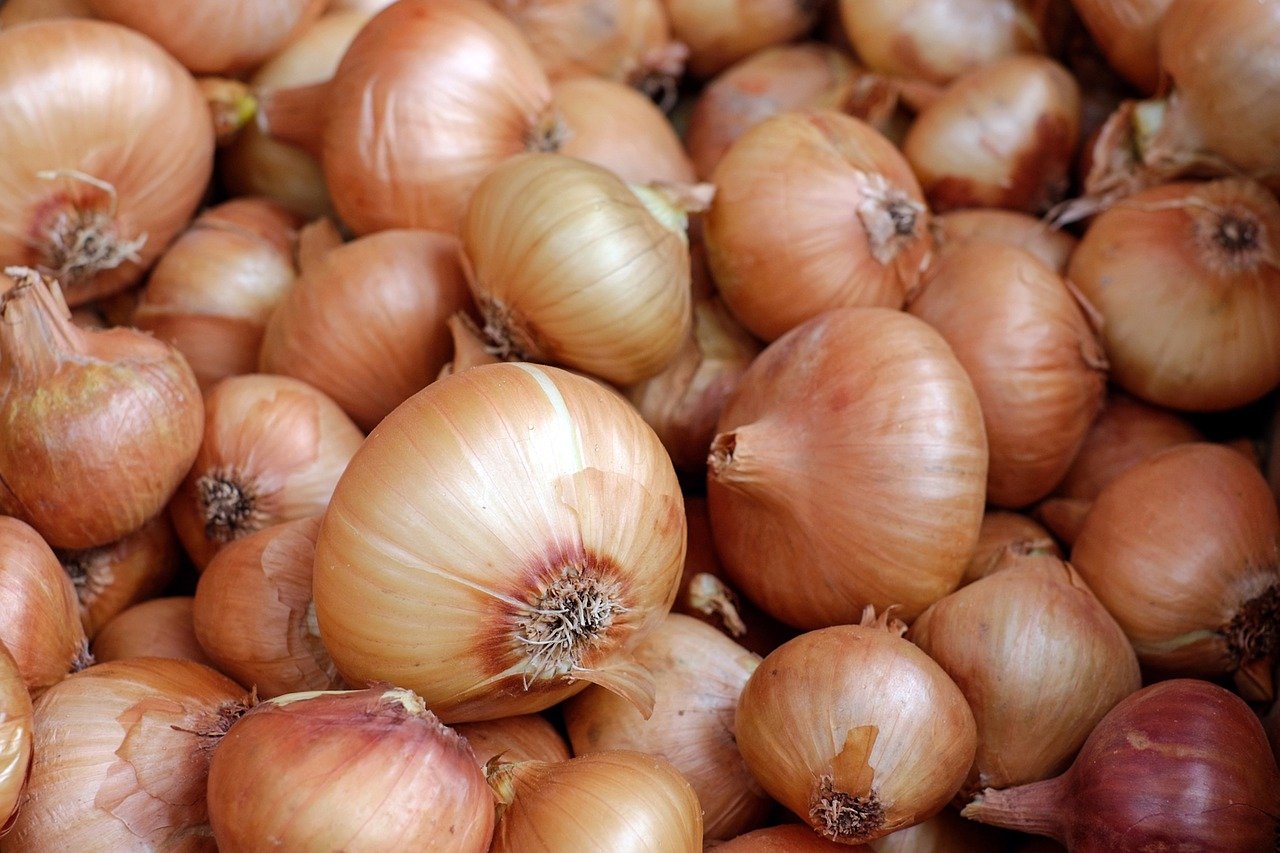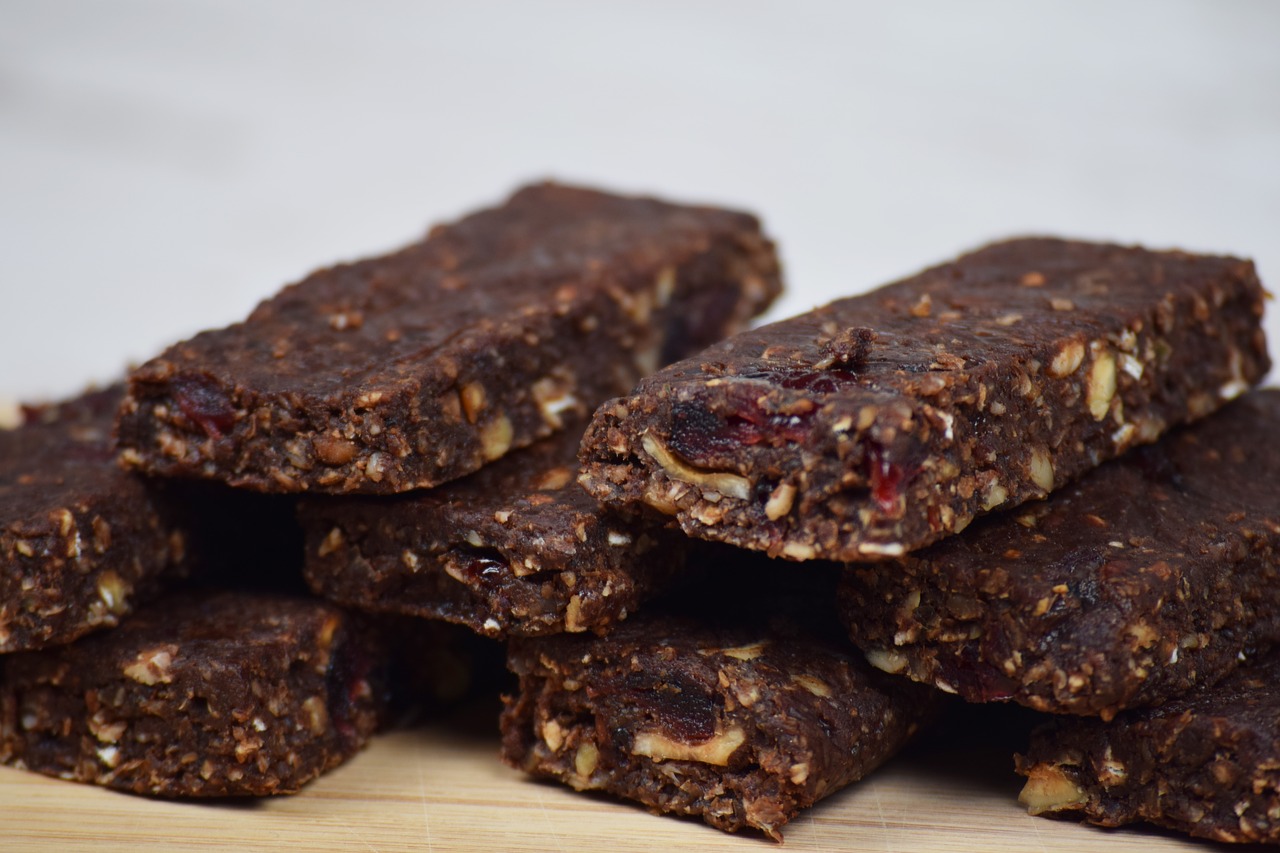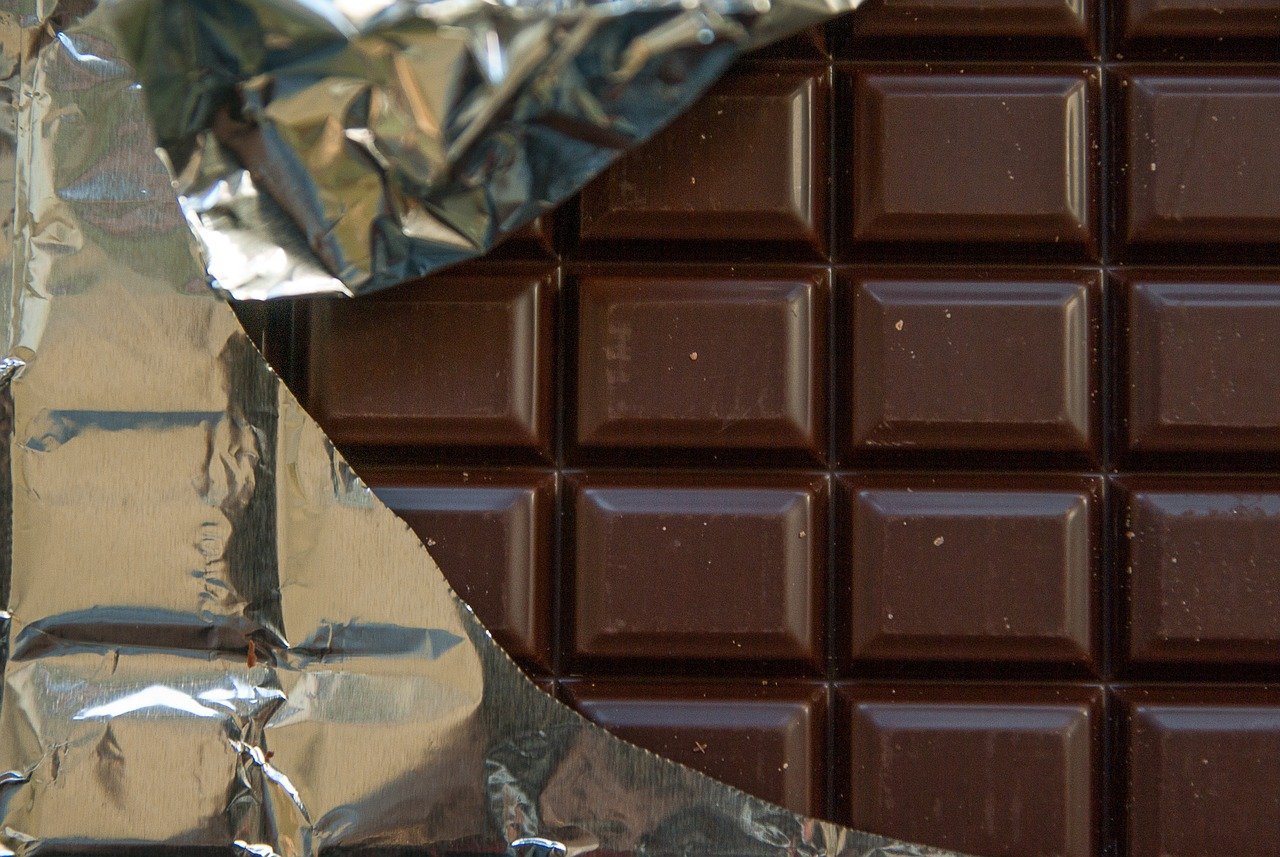Prebiotics
The Second Brain and Alzheimer's
Prebiotics, the Brain and Prions
The Microbiome and Amyloid Priming
The Microbiome and Neuroinflammation
Using Gut Microbes to Fight Alzheimer's
Diet and the Microbiome
While there is not much clarity on which exact organisms or ratio of organisms constitutes a healthy microbiome, a diet rich in fruits and vegetables with little to no meat are associated with Prevotella organisms within the gut. On the other hand, heavy meat eaters and people who tend to eat the typical western diet will have more Bacteroides. One in vivo study found that an increase in Bacteroides in the guts of mice increases amyloid beta plaques in the brain. This result has been collaborated in clinical studies. A Japanese researcher found that Bacteroides was decreased in demented patients compared to non-demented patients. Multiple human studies have noted that the diversity of microbes in the gut of Alzheimer’s patients is reduced. One difference is that Firmicutes appears to be reduced in Alzheimer’s patients and Proteobacteria seems to be increased.4,6
Prebiotics and a Healthy Microbiome
The following foods are considered to be good prebiotics: asparagus, banana, barley, beans, chicory, garlic, honey, Jerusalem artichoke, microalgae, milk, onion, sugar beet, peas, rye, seaweeds, soybean, tomato, and wheat.8
Alzheimer's and Specific Foods
Prebiotic References:
- Rao M, Gershon MD. The bowel and beyond: the enteric nervous system in neurological disorders. Nat Rev Gastroenterol Hepatol. 2016 Sep;13(9):517-28. doi: 10.1038/nrgastro.2016.107. Epub 2016 Jul 20. PMID: 27435372; PMCID: PMC5005185.
- Natale G, Ferrucci M, Lazzeri G, Paparelli A, Fornai F. Transmission of prions within the gut and towards the central nervous system. Prion. 2011 Jul-Sep;5(3):142-9. doi: 10.4161/pri.5.3.16328. Epub 2011 Jul 1. PMID: 21814041; PMCID: PMC3226038.
- Kowalski K, Mulak A. Brain-Gut-Microbiota Axis in Alzheimer’s Disease. J Neurogastroenterol Motil. 2019 Jan 31;25(1):48-60. doi: 10.5056/jnm18087. PMID: 30646475; PMCID: PMC6326209.
- Pistollato F, Sumalla Cano S, Elio I, Masias Vergara M, Giampieri F, Battino M. Role of gut microbiota and nutrients in amyloid formation and pathogenesis of Alzheimer disease. Nutr Rev. 2016 Oct;74(10):624-34. doi: 10.1093/nutrit/nuw023. PMID: 27634977.
- https://www.nature.com/articles/d41586-020-00193-3
- Cox LM, Schafer MJ, Sohn J, Vincentini J, Weiner HL, Ginsberg SD, Blaser MJ. Calorie restriction slows age-related microbiota changes in an Alzheimer’s disease model in female mice. Sci Rep. 2019 Nov 29;9(1):17904. doi: 10.1038/s41598-019-54187-x. PMID: 31784610; PMCID: PMC6884494.
- Reddel S, Putignani L, Del Chierico F. The Impact of Low-FODMAPs, Gluten-Free, and Ketogenic Diets on Gut Microbiota Modulation in Pathological Conditions. Nutrients. 2019 Feb 12;11(2):373. doi: 10.3390/nu11020373. PMID: 30759766; PMCID: PMC6413021.
- Davani-Davari D, Negahdaripour M, Karimzadeh I, Seifan M, Mohkam M, Masoumi SJ, Berenjian A, Ghasemi Y. Prebiotics: Definition, Types, Sources, Mechanisms, and Clinical Applications. Foods. 2019 Mar 9;8(3):92. doi: 10.3390/foods8030092. PMID: 30857316; PMCID: PMC6463098.
Back to Diet and Alzheimer's:
Determine which diet and nutrition plan is best for you based on your Apoe status and subtype.






